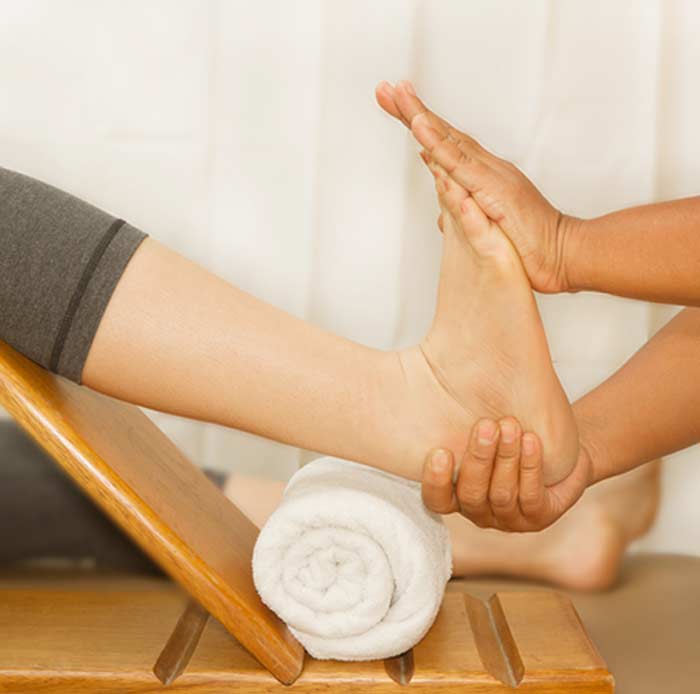
Plantar fasciitis is a condition characterized by pain in the heel of the foot, which is caused by inflammation of the plantar fascia.
The plantar fascia is a thick piece of connective tissue that runs from the heel to the toes and serves a structural support role. Plantar fasciitis is one of the most common complaints of orthopedic patients, but there are several treatment options available.
What Causes It?
The pain is caused by inflammation of the plantar fascia, but this inflammation can be caused by a number of different things. Anything that causes extra pressure to this tissue is considered a risk factor for plantar fasciitis because this area already holds a lot of stress from day-to-day activities. Since time itself can add to the pressure on this area, people are more likely to experience plantar fasciitis as they reach middle age. Obesity is also a risk factor as the extra weight places a higher burden on the feet.
Additionally, jobs that require people to be on their feet will greatly increase the rate of plantar fasciitis experienced. Certain types of physical activities, such as running or dancing, may increase the risk as well. Patients who have abnormal arch structure, such as being flat-footed or having high arches, complain of plantar fasciitis more often than those with normal arch structure. One protective factor against plantar fasciitis is having proper foot support.


What Are The Symptoms?
The chief complaint of patients with plantar fasciitis is the pain. This pain typically develops gradually over time and is mainly experienced around the heel of the foot. Some patients do report experiencing the pain in the middle of their foot instead. This pain tends to be most noticeable during the first few steps after getting up. However, it can be made worse by long periods of standing or exercise. Many patients are still able to exercise as the pain tends to be experienced after exercise rather than during.
How Is It Diagnosed?
The diagnostic process primarily is a physical examination. This consists of the physician feeling the bottom of the foot to test for sensitive zones and locate the precise location of the pain. They will likely also test the range of motion and general functionality, as well as ask questions about the location and type of pain. Most physicians will order additional tests, such as an MRI, to rule out other potential causes of the pain.
What Are The Treatment And Outcome?
For many patients, the symptoms of plantar fasciitis will ease over time with rest and the use of over-the-counter NSAIDs. However, some patients will require further intervention, especially if they are unable to reduce their activity. In these cases, the physician may be able to offer relief from the symptoms by injecting corticosteroids into the site.
Additionally, many patients benefit from physical therapy sessions, which can help stretch the plantar fascia and Achilles tendon. Supportive braces or footwear may be prescribed to help ease symptoms or prevent them from returning.
